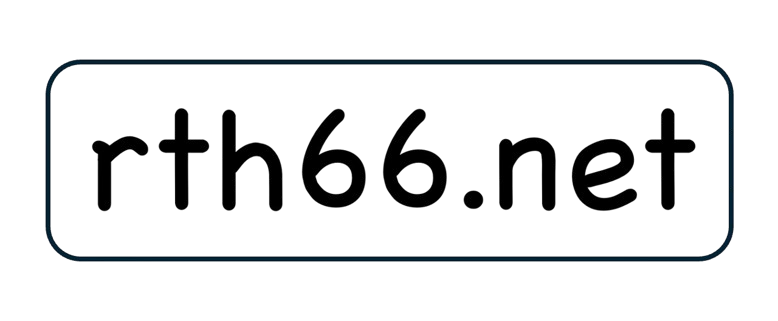Redefining the CIO in Mid-Size Companies
In today's digitally-driven landscape, the Chief Information Officer (CIO) in a mid-size company is no longer just an IT manager. This role has evolved into a strategic business partner, crucial for driving innovation, efficiency, and growth. This section introduces the modern CIO's mandate: to align technology initiatives with core business objectives, ensuring that every IT investment delivers tangible value. Unlike in large corporations with vast resources, the mid-size CIO must be agile, pragmatic, and hands-on, balancing long-term strategic vision with the immediate operational needs of a growing enterprise.
Strategic Partner
Aligns technology with business goals to create competitive advantages.
Innovation Driver
Identifies and implements emerging technologies to foster growth.
Value Creator
Optimizes processes and manages resources to enhance profitability.
A CIO's Core Focus Areas
The CIO's responsibilities are broad, encompassing everything from high-level strategy to foundational cybersecurity. This section visualizes the typical allocation of a CIO's focus and provides a detailed look at their key tasks and deliverables. The goal is to create a secure, efficient, and forward-looking technology environment. Interact with the chart below to highlight each corresponding responsibility and understand its impact on the business.
IT Strategy & Roadmap
Develop a 3-5 year technology plan aligned with business growth objectives.
Cybersecurity & Risk
Implement security frameworks to protect company data and ensure compliance.
Budgeting & Cost Control
Manage the IT budget, optimizing spend and demonstrating ROI on technology investments.
Team & Vendor Management
Lead the IT team and manage relationships with technology vendors and partners.
Infrastructure & Operations
Ensure reliable and scalable IT infrastructure, including networks and cloud services.
Data Analytics & BI
Leverage data to provide business insights and support decision-making.
The CIO's Toolkit
To execute their strategy effectively, a CIO relies on a combination of management frameworks and technology platforms. This section highlights the common tools and methodologies that enable a CIO to govern IT, manage projects, and deliver services efficiently. These are not just software applications but systematic approaches to ensuring technology serves the business in a structured and predictable way.
Governance Frameworks
For structure and compliance.
COBIT NISTService Management
For efficient IT operations.
ITIL DevOpsProject Management
For delivering initiatives.
Agile/Scrum KanbanCloud Platforms
For scalability and flexibility.
AWS Azure GCPBusiness Intelligence
For data-driven decisions.
Power BI TableauCore Systems
For business operations.
ERP CRMThe Ideal CIO Profile
A successful CIO for a mid-size company possesses a unique blend of technical depth, business understanding, and leadership qualities. This is not a purely technical role; it requires a strategic thinker who can speak the language of the business and translate executive goals into technology solutions. The chart below visualizes the essential skill domains. Use the buttons to see how the ideal skill balance might shift between a full-time CIO and a freelance consultant.
Business Acumen
Understands market dynamics, finance, and operations. Can create a business case for technology investments and measure ROI.
Strategic Thinking
Sees the big picture. Aligns technology initiatives with long-term business strategy and anticipates future trends.
Leadership & Communication
Inspires an IT team, collaborates with other executives, and can explain complex technical topics to non-technical stakeholders.
Technical Expertise
Possesses broad knowledge of infrastructure, cybersecurity, software development, and data management to make informed decisions.
Execution & Delivery
Manages projects, vendors, and budgets effectively to ensure that strategic plans are successfully implemented on time.
The Freelance & Fractional CIO Model
Many mid-size companies need senior IT leadership but may not be ready for a full-time executive. The freelance or "fractional" CIO model provides access to top-tier strategic guidance on a flexible basis. This section explains how the core CIO responsibilities are adapted into a service offering. Use the slider below to explore the spectrum of engagement, from high-level advisory to more hands-on involvement, and see how the value proposition changes at each level.
